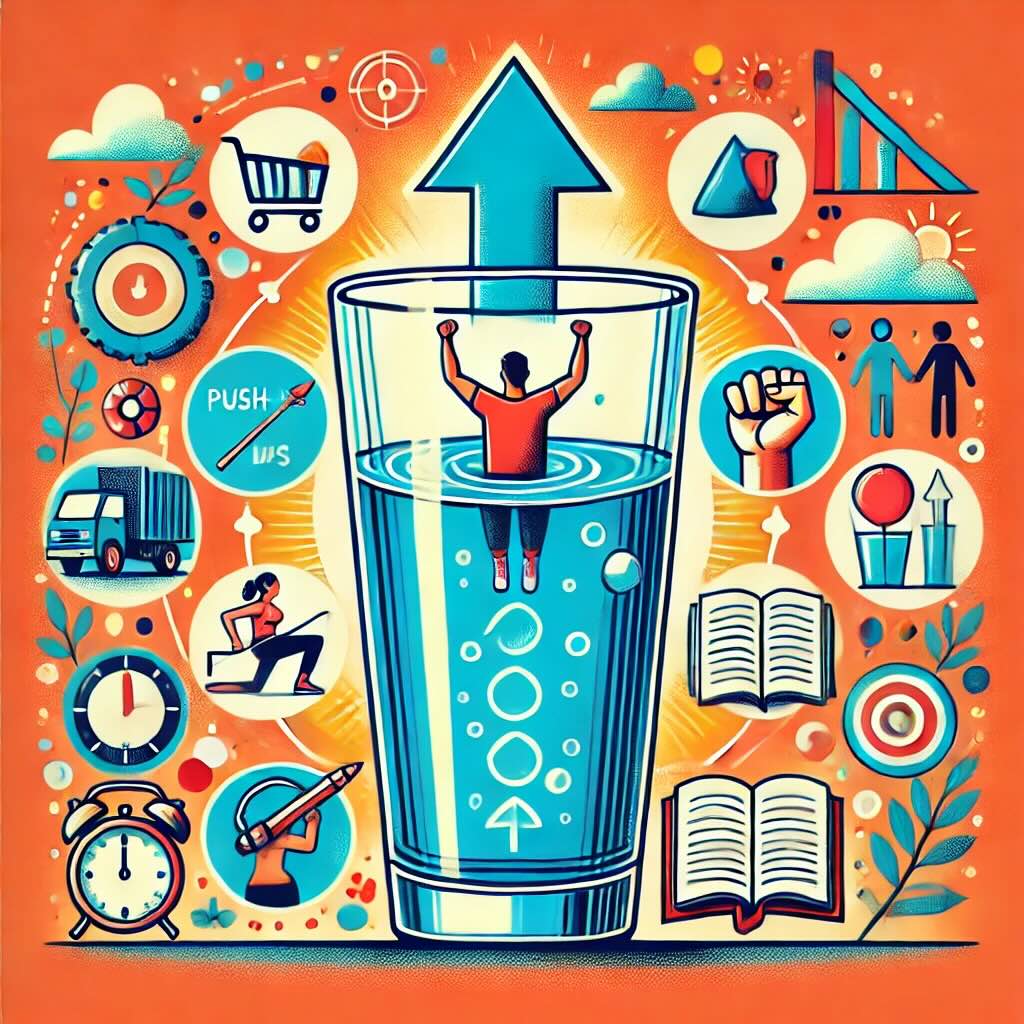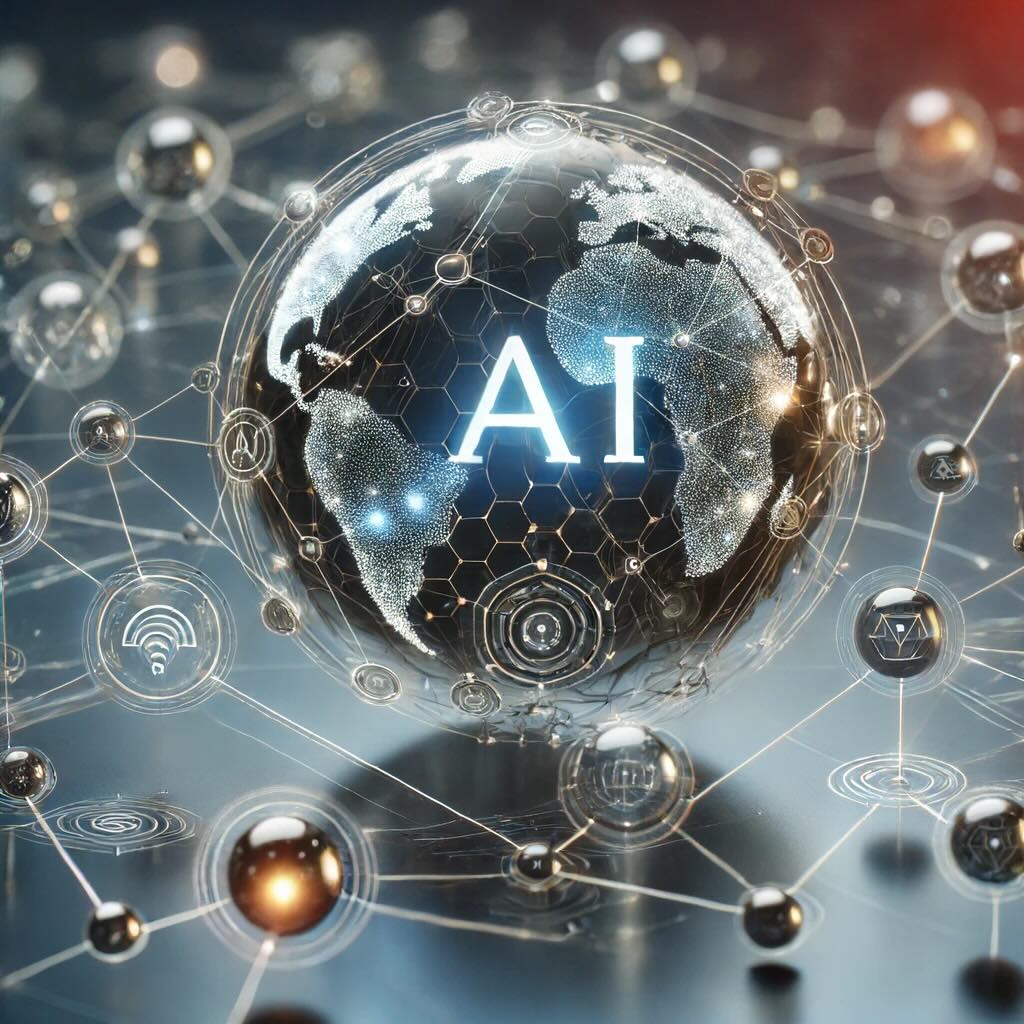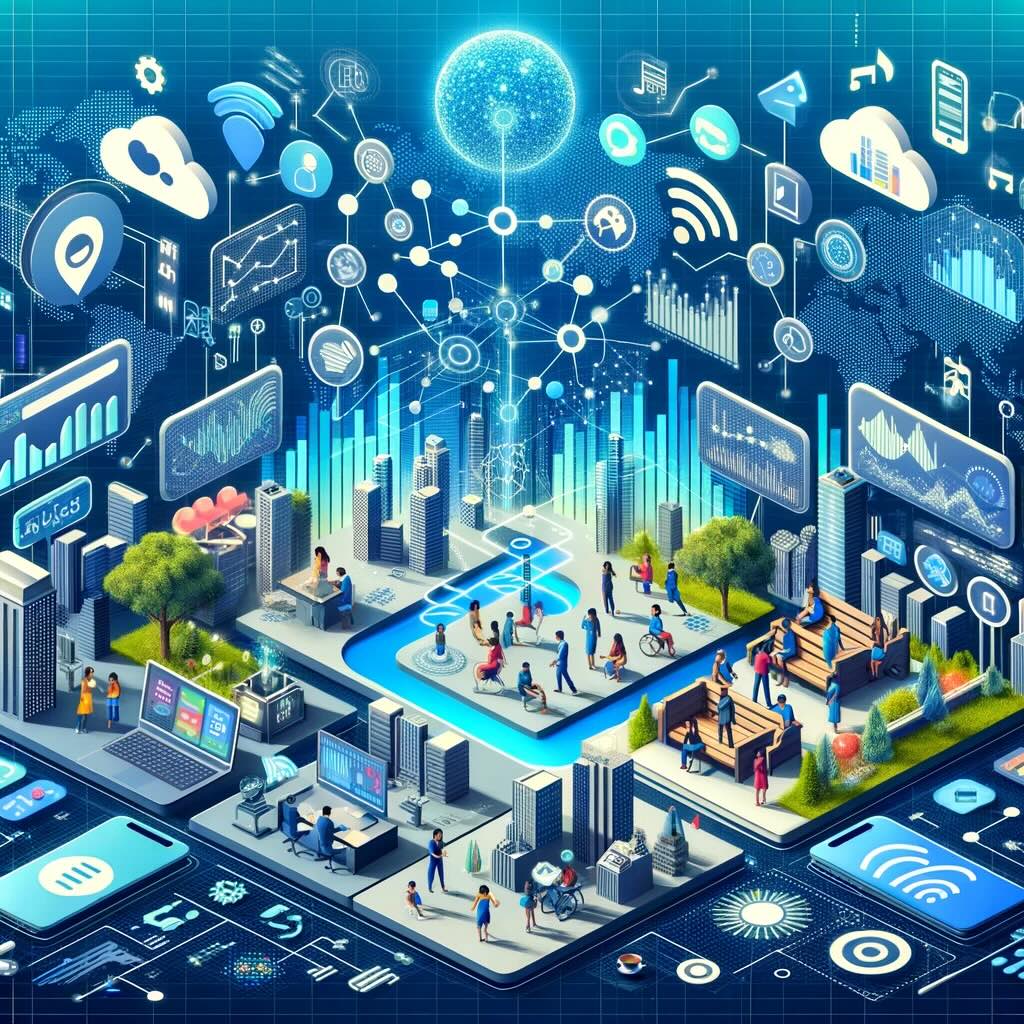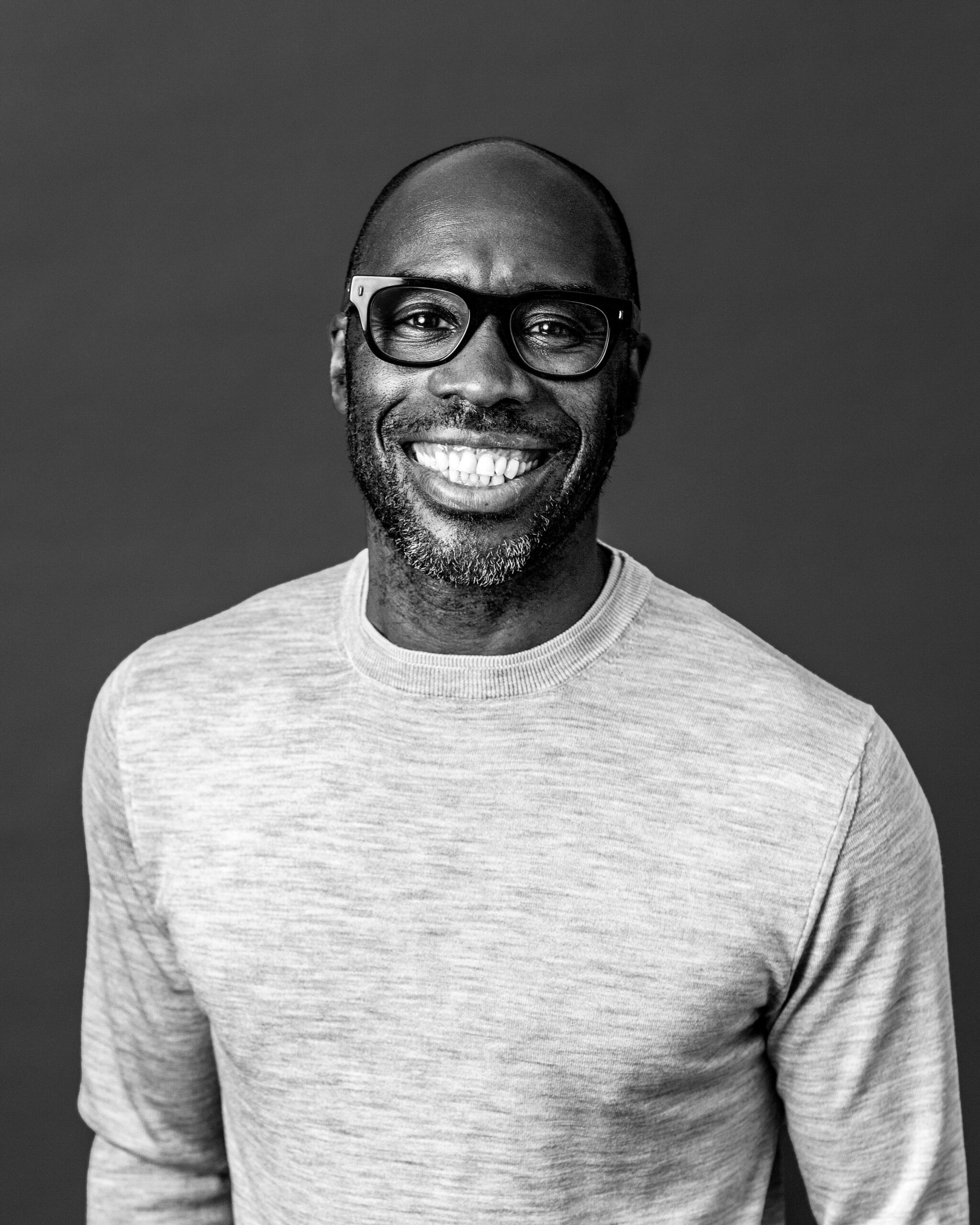Dinner Talk & The Talent Crunch
My wife and I had dinner last night with a Seattle‑based engineering couple.
The husband was laid off in January; the wife voluntarily left her role soon after.
Both landed new jobs—but only because they could prove they’d create value on Day One. The market is flooded with strong résumés; what companies crave is demonstrable expertise.
Fast‑forward to an Anthropic conference in San Francisco. When a room of 275 engineers was asked, “Who here has built an MCP Server?” every hand went up. “A remote MCP Server?”—almost every hand stayed raised. Clearly, knowing MCP is fast becoming table‑stakes.
So… what is an MCP Server, and why does it matter?
Why LLMs Need Hands
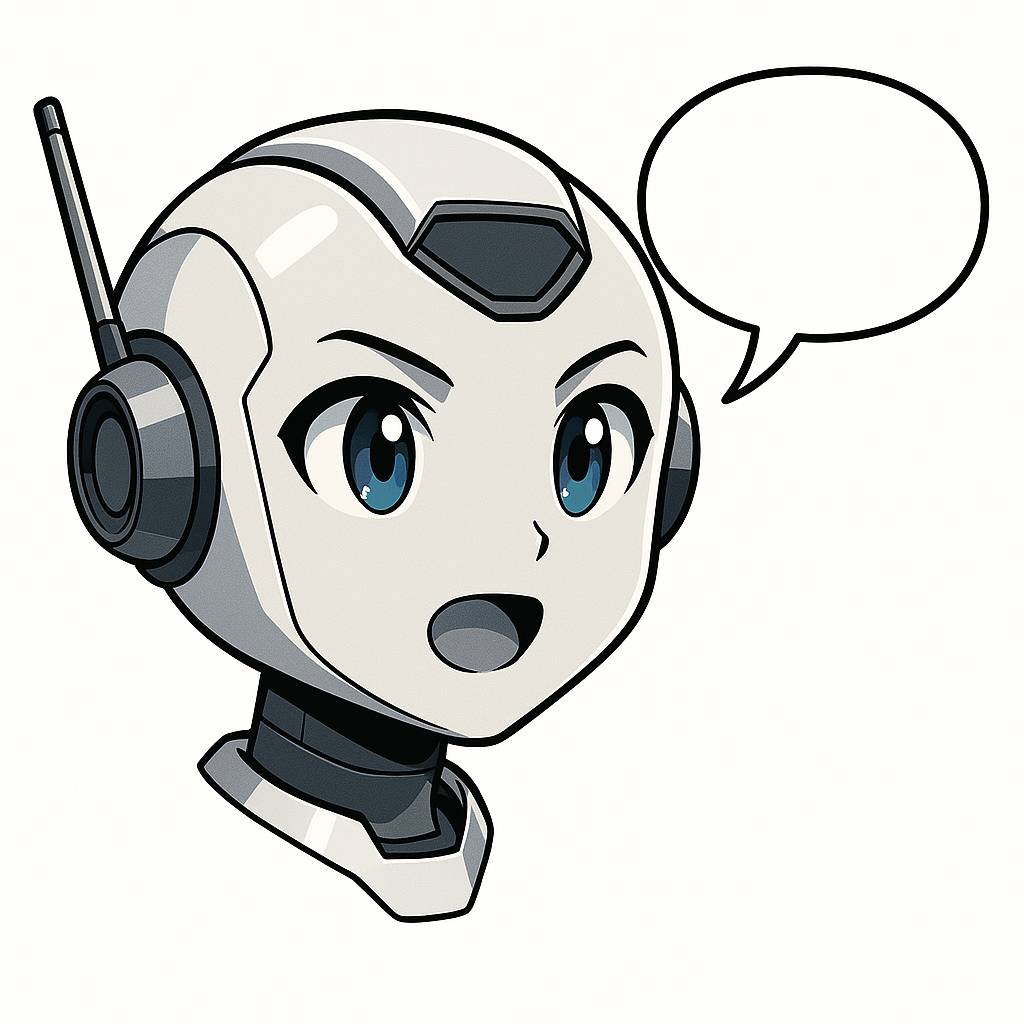
Large Language Models are wonderfully chatty—but all mouth, no action.
“Send an email.” —Sure, they’ll draft it, but they can’t actually press Send.
“Book me a doctor’s appointment.”—They’ll explain how, yet never pick up the phone.
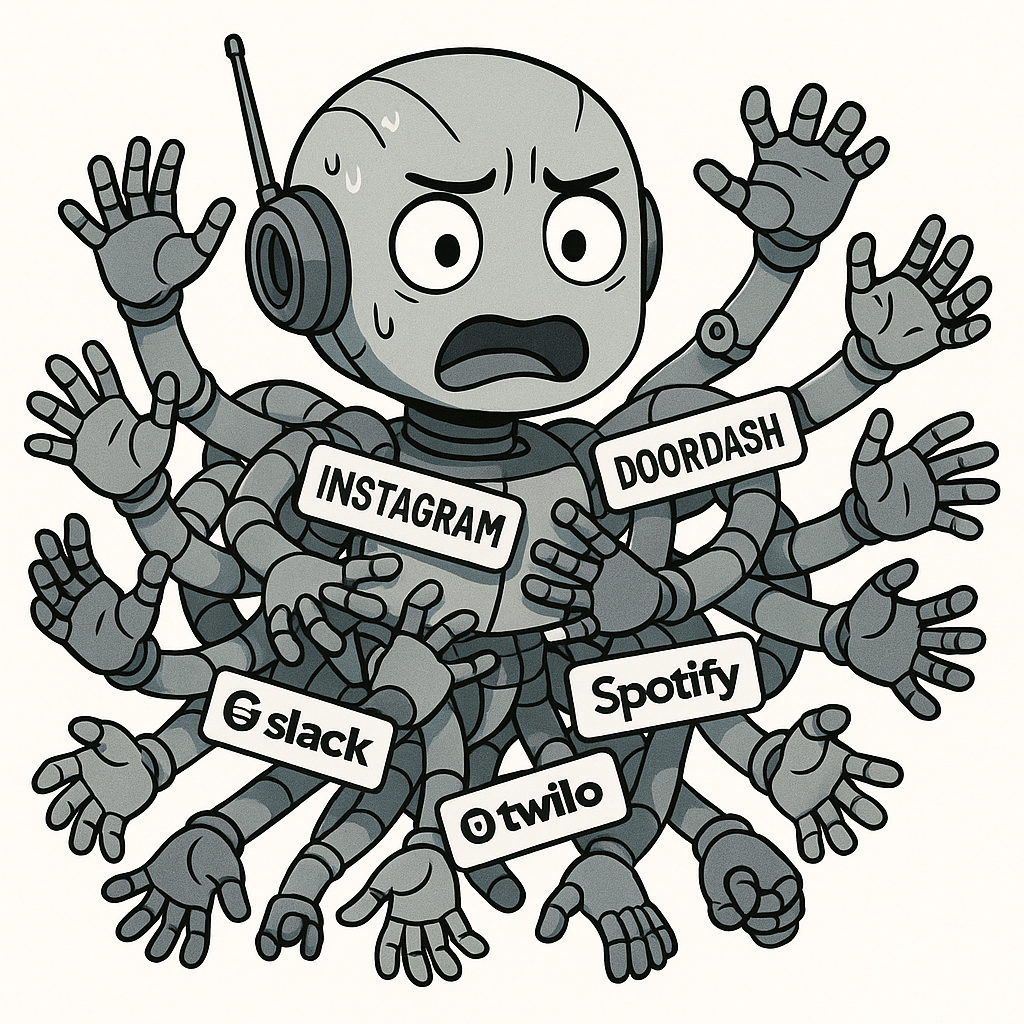
Early fixes bolted one‑off “hands” onto the model: custom code to hit Gmail’s API, Instagram’s API, DoorDash’s API, and so on. Every new action meant wiring up another bespoke integration.
The result? A brittle monster that’s impossible to maintain.
Enter MCP: One Language, Endless Actions
MCP (Machine Control Protocol) normalises the chaos in two key ways:
- Shared language – All hands speak the same, JSON‑based dialect (think of it as everyone agreeing to conduct business in English).
- Provider‑owned hands – Each service vendor ships its own MCP Server, so you don’t own the integration burden.
| MCP Term | Real‑World Analogy |
|---|---|
| MCP Client | Your LLM‑powered app (the “brain”) |
| MCP Server | A detachable hand built by, say, Gmail or Notion |
| MCP Protocol | The common language that brain ↔︎ hand both understand |
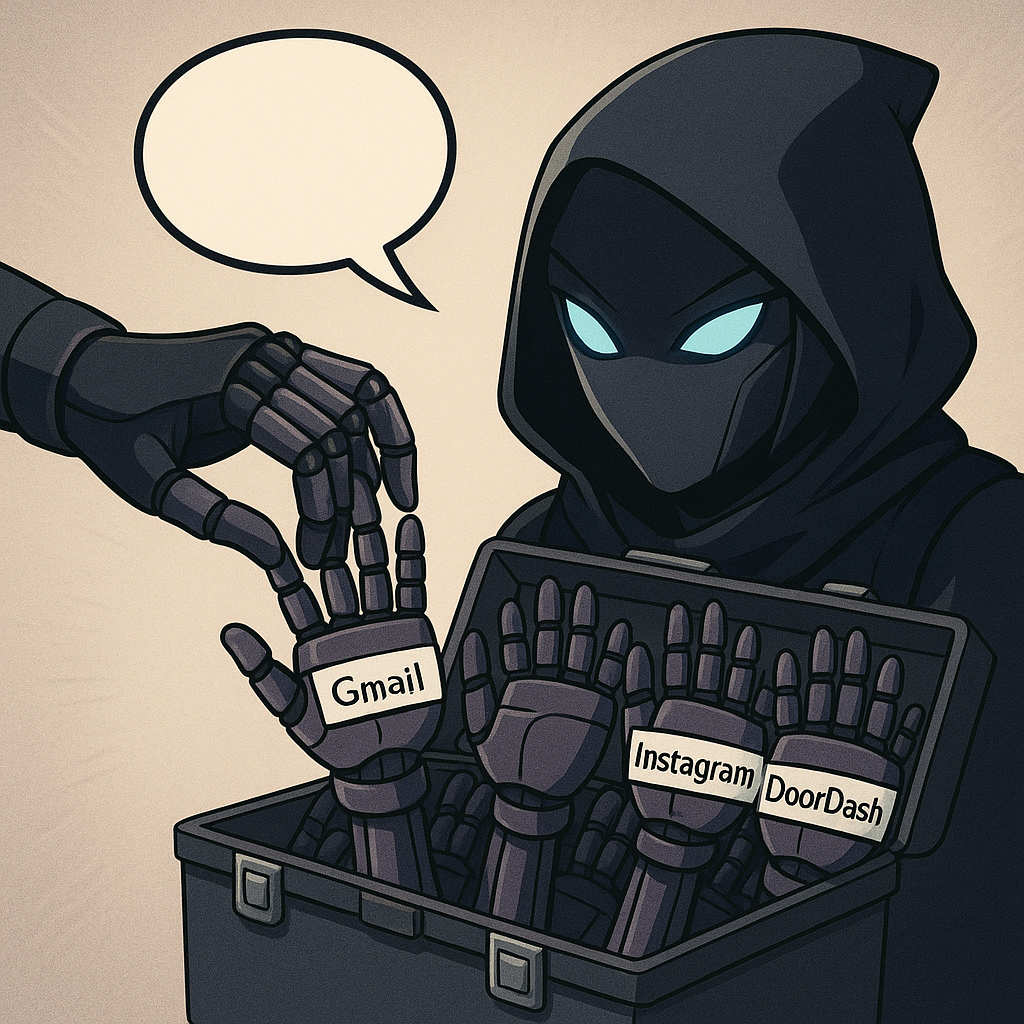
With that glove‑and‑hand abstraction, an LLM can now:
- Send an email (Gmail MCP Server)
- Post to Instagram (Meta MCP Server)
- Order pizza (DoorDash MCP Server)
All by speaking plain English.
2025 Outlook: A Cambrian Explosion of Servers
Expect 2025 to feel like the early days of mobile app stores—but for actions instead of apps. Every SaaS vendor wants to be “MCP‑enabled” so the next generation of agentic products can wield its service with zero friction.
- Acceleration loops – As more servers appear, building agentic apps gets simpler, which attracts more builders, which motivates more servers…
- Commoditised integrations – Hand‑rolling APIs will quickly feel as dated as dial‑up modems.
Why Non‑Techies Should Care
If you can describe a task in English, you can now automate it:
“Email the team my weekly update, post the highlights to LinkedIn, and text me when it’s done.”
MCP shifts the bottleneck from coding skills to clear intent. Business builders—from product managers to HR partners—gain superpowers without touching a line of imperative code.
Key Takeaways
- Expertise beats experience. Hiring managers want people who already know today’s critical tools—MCP is rapidly joining that list.
- LLMs + MCP = action. Generative models become operative models when equipped with MCP “hands.”
- The next platform play. Just as HTTP unlocked the Web, MCP aims to unlock autonomous agents.
Ready to slip on the magic glove? 2025 is your year.





